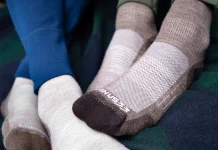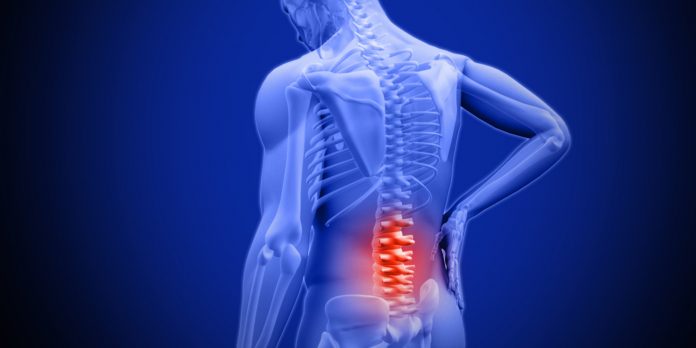While your upper back is less susceptible to pain than your lower back because your lower back bears more of your weight, you can still experience upper back pain, and when you do, it’s absolutely no fun. However, with more people sitting at their desks for hours each day, upper back injuries are becoming more common, so it’s essential to understand the most common causes of upper back pain and how to treat it successfully.
Poor Posture
Just as you can condition your muscles to become stronger through weight training and other exercises, you can also condition your muscles to become weaker through poor posture. When you don’t use your muscles correctly, they “learn” to stay in the incorrect position. People who sit at their desks for long hours every day may not be sitting correctly and are causing their muscles to weaken.
Once the muscles become weak, they can’t handle the strain of holding up your body’s frame as well as they can when they’re strong and in the correct position. This strain leads to pain in the upper back. Slouching over your computer or desk may feel more comfortable at the time than sitting up straight, but over time, it’s actually worse for you because you’ll start experiencing pain.
Upper back pain from poor posture can be alleviated through various treatments. First, you can start correcting how you sit so that your back is in the correct position. It will help if you take frequent breaks from sitting and either walk around for about five minutes each hour or use a standup desk to work from for part of the day. It will take patience to strengthen the muscles, and you may benefit from seeing a physical therapist give you some exercises that will help.
Muscle Overuse
Repetitive motion leads to muscle overuse, so if your daily activities involve lifting things repeatedly or twisting your upper back repeatedly, you may strain your back muscles, which can lead to pain. Pay attention to your body; if you notice tight or irritated back muscles, you could be headed for chronic pain, mainly if you don’t correct the issue or seek treatment.
Resting your muscles is the first treatment for muscle overuse, so you may need to take some time off work if your job is causing the overuse and strain. Along with alternating heat and cold compresses on the affected area, rest should improve your pain as the blood circulation improves. You may need to adjust how you do your job in the future to avoid overuse again, and a physical therapist may be able to give you some ideas on how to use your body better during your activities.
Herniated Disc
Even though herniated discs are more common in the lower back, they can also occur in the upper back. Discs are the cushions between your vertebrae, and a herniated disc describes the condition when one of these cushions pushes out from its correct space and puts pressure on the nerves on the spine. Even a small amount of pressure can cause an immense amount of pain and might even lead to weakness or numbness in the arms and legs.
Herniated discs often get better with rest, but sometimes they require medical treatment, including surgery. It’s always better to seek noninvasive solutions first, so give physical therapy a try before considering a surgical procedure. If you do have to have surgery, you may have to undergo physical therapy afterward to fully heal.
Traumatic Injury
Many back pain sufferers can trace their condition to a traumatic injury such as slipping and falling, a car accident, lifting something incorrectly, or working out too hard. In some cases, you’ll know you injured your upper back immediately after the event, but in other cases, a back injury might take up to two or three weeks to become noticeable. This is why it’s always recommended that you see a doctor after a car accident or a fall to look for signs of an injury so you can begin treatment immediately.
Traumatic injuries can be severe and, if they are not treated properly, can lead to chronic pain. Surgery, physical therapy, and home care are all likely going to be a part of a traumatic back injury treatment plan, although surgery may not be required depending on the actual injury itself. Be aware that vertebrae can be broken in a traumatic back injury without you knowing it, so it’s best to always get a medical examination after any kind of accident that involves the back.
Conclusion
These four causes are the most common reasons behind upper back pain, but there are some other potential causes such as a pinched nerve, osteoarthritis, a spinal infection, lung cancer, myofascial pain, scoliosis, fibromyalgia, and more. If your upper back is bothering you and you’ve tried rest, ice, and heat, give your doctor a call to get an examination and set up a treatment plan as soon as possible.
You Can Also Read : 5 Tips to Get Rid of the Lower Back Pain































